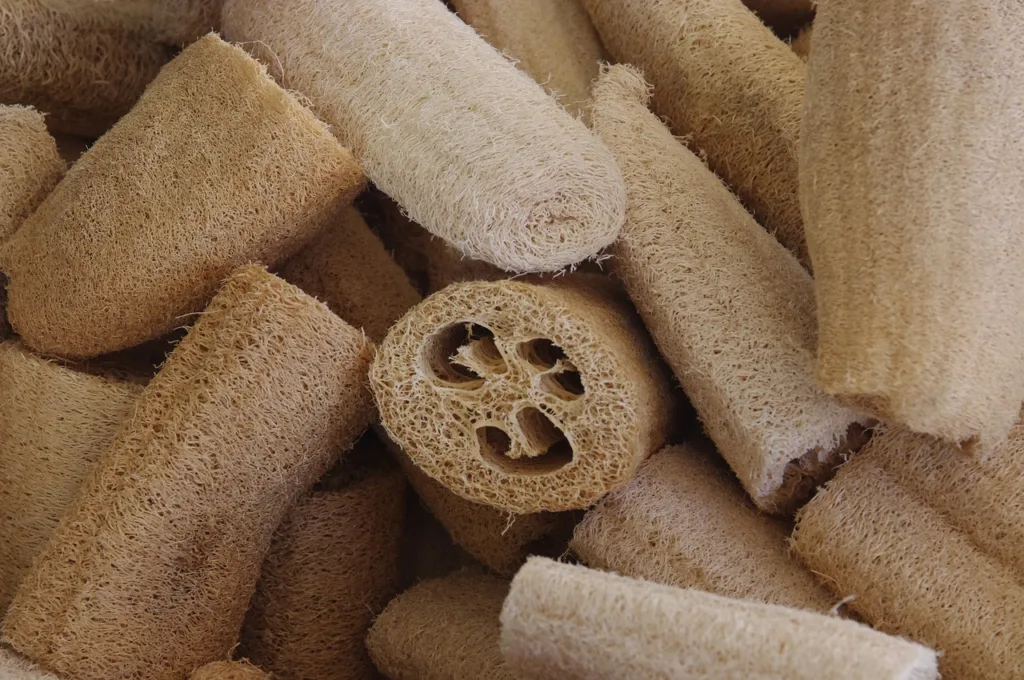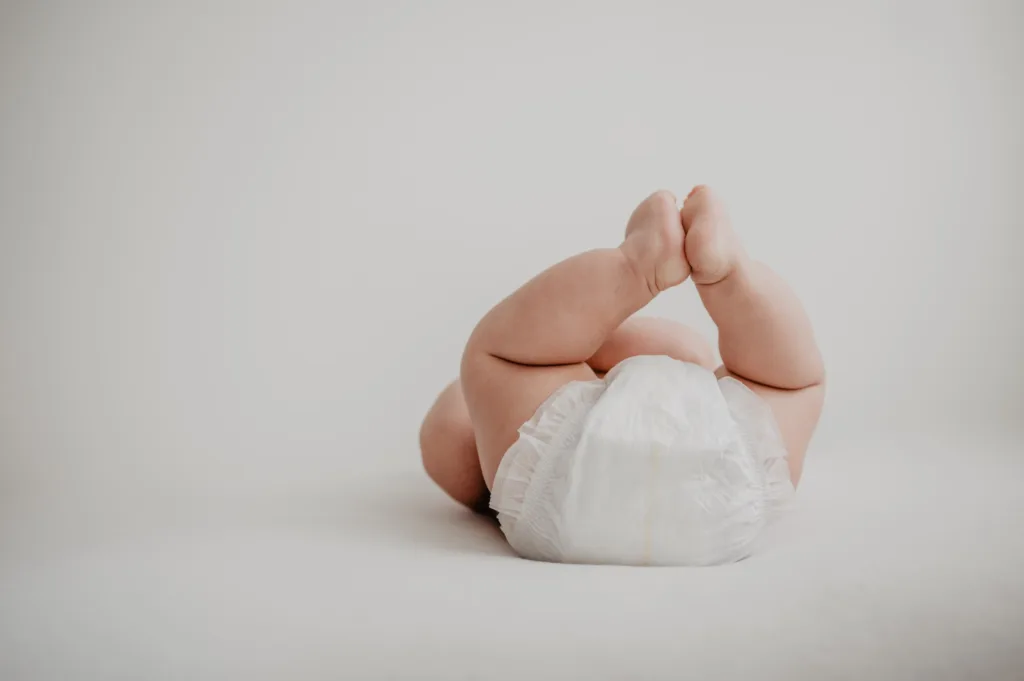Positive effects of Bathing
In Indian culture, the act of bathing carries a profound significance, akin to a ceremonial practice rather than a mere daily routine. When executed correctly, bathing serves as a source of vitality for the body, relaxation for the mind, and purification for the skin, eliminating exhaustion, perspiration, grime, and environmental impurities. Unfortunately, a staggering majority, approximately 99%, of individuals engage in improper bathing methods, inadvertently subjecting their bodies to harm instead of reaping its intended benefits. Despite the refreshing sensation experienced post-bath, the body may endure adverse effects if the process is conducted incorrectly, leading to issues such as dark circles, hair loss, roughened skin, compromised immunity, digestion issues, lethargy, and even severe health complications. Therefore, it is essential to acquaint oneself with the appropriate techniques for bathing. While bathing holds a revered status in Indian traditions, it is crucial to understand that not all methods are conducive to overall well-being. Below, we explore methods for bathing that promote bodily nourishment and wellness while averting potential harm.

Bathe with cold (room temperature) water or luke warm
Some might find it surprising, but according to Ayurvedic principles, regardless of the season, individuals in good health should avoid using hot water for bathing. Instead, opting for a cold water bath is recommended. When I mention cold water, it doesn’t necessarily mean ice-cold; rather, it refers to water at a normal temperature from the tap. Contrary to popular belief, a hot water bath doesn’t heighten sensory perception; instead, it can induce lethargy and potentially contribute to issues such as dark circles, weakened digestion, lowered immunity, and stress. Additionally, pouring hot water over the head can be particularly detrimental to hair, scalp, and eyes, leading to excessive hair loss and potentially serious health problems. Exceptions exist for certain health conditions like arthritis, where hot water baths may be beneficial. However, if unable to completely forego hot water bathing, it’s advisable to switch to mild lukewarm water. Nonetheless, it’s crucial to refrain from pouring hot or warm water directly over the head and eyes. Moreover, the direction in which one bathes also plays a role. When using cold water, pouring water from head to toe is recommended, while for lukewarm water, washing from bottom to top is advised. This isn’t merely a superstition but helps maintain proper blood flow, reducing the risk of blood clots. Therefore, transitioning to cold baths, especially in the morning, can effectively energize the body.

Moisturize before bath
Pre-bath oil massage is a well-kept secret for an effective bathing experience. When we massage our bodies with oil, it attracts microorganisms and toxins from the surface, effectively removing them. It’s no surprise that in traditional Indian practices, bathing didn’t start with water but rather ended with it. This method has been emphasized for its effectiveness in classical Ayurvedic texts. However, given our modern and busy lifestyles, it may not always be practical to incorporate this daily. Nevertheless, I highly recommend doing it at least once a week, perhaps on Sundays. Personally, I engage in this practice almost daily, and I can assure you it’s not as challenging as it may seem. Even dedicating just two minutes to oil massage before bathing can yield noticeable benefits, leaving your skin clearer and softer. Coconut oil, mustard oil, or sesame oil are excellent choices for this purpose.

Removal of dead skin
Chances are, you’re not effectively removing dead skin cells, even with thorough washing and cleansing. Despite our best efforts, many dead skin cells remain untouched by even the most effective soaps. There are two key steps you should take to address this. Firstly, consider using a scrubber. Personally, I prefer a natural scrubber, which not only is biodegradable and eco-friendly but also more cost-effective than plastic loofahs. It’s incredibly simple to use: just apply soap to your body, wet the loofah, squeeze out excess water, and then gently scrub your skin. Regular use of a scrubber can improve blood circulation and unclog pores. Another common mistake is gently patting the body dry with a towel after bathing. In reality, the towel should be rubbed with slight pressure across the entire body. By following these two steps, you can effectively remove the layer of dead skin cells, allowing new cells to surface and rejuvenate your skin.

Keeping bath time appropriate.
Consider your bathing routine: do you rush through it, quickly applying soap and running out of the shower, or do you spend excessive amounts of time leisurely splashing water over your body? Ideally, neither extreme is desirable. Bathing serves not only to cleanse the physical body but also to rejuvenate the mind and soul. It should be approached calmly and purposefully to fully benefit from its effects. Ancient texts even suggest incorporating deep breathing exercises during bathing. However, this doesn’t mean spending an excessive amount of time in the bathroom. Using too much water or applying excess soap can ultimately dry out the skin, leaving it rough. Similarly, bathing excessively throughout the day is not recommended. Daily bathing is essential, ideally once in the morning, to maintain hygiene and overall well-being.

Do not bathe immediately after a meal
How much time do you spend bathing? Are you the one who enters the bathroom, opens the shower for a while, hurriedly applies the soap, washes off, and comes out running? Or are you one of those who spends hours in the bathroom, continuously splashing water over the body? Ideally, you should not fall into any of these categories. Bathing is not just meant to cleanse the physical body, but also rejuvenate the mind and soul. It should be carried out calmly and purposefully. It is only then you can reap the benefits out of it. Ancient texts even suggest practicing deep breathing while bathing. Although this does not mean that we spend too much time in the bathroom, pouring too much water or applying excess soap will eventually dry out the skin, making it rough. Even bathing too many times in a day is not recommended. To bathe every day is compulsory. Once in the morning is ideal.

Ditching chemicals
What bathing products do you typically use, such as soap, shower gel, body wash, or shampoo? Have you ever taken the time to review the ingredient list of these products? You might be astonished to discover that over 95% of the products available in the Indian market contain harsh chemicals like mineral oil, sulfates, parabens, alcohol, silicones, artificial fragrances, and colors, which can actually do more harm than good. Since we use these products daily, their ingredients gradually penetrate our bloodstream, resulting in issues such as rough skin, hair loss, dandruff, allergies, and in severe cases, even life-threatening diseases. It’s crucial to always scrutinize the ingredients of the products you intend to purchase and opt for those that are 100% natural. Cultivating this simple habit can significantly alleviate skin and hair problems. Remember, bathing isn’t just cleansing—it’s also invigorating, healing, and purifying.

Are you wondering how technology is affecting traditional sports. Read all about it.

